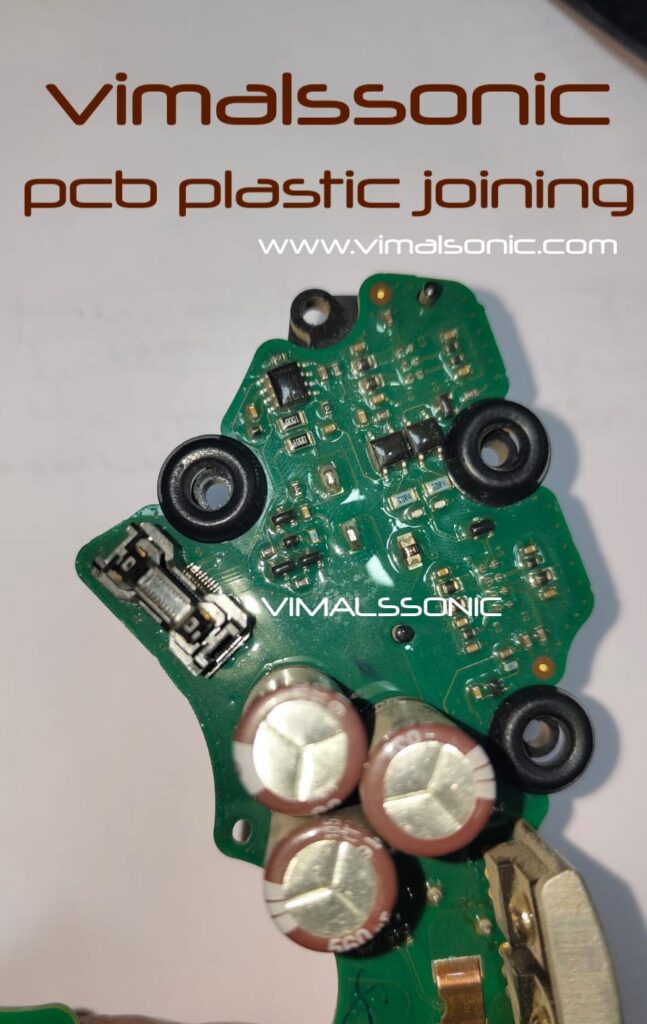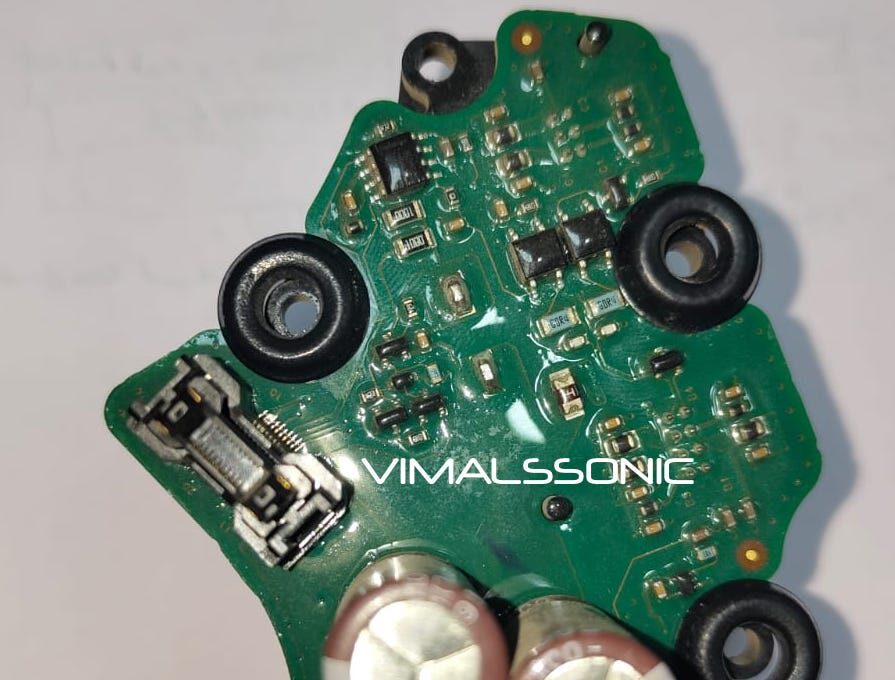In the rapidly evolving landscape of electronic manufacturing, the demand for reliable, durable, and precise assembly techniques has never been greater. Among the various methods available, heat staking has emerged as a preferred solution for joining plastic components with printed circuit boards (PCBs), especially when critical dimensions and high-quality standards are paramount. This case study explores how Vimalsonic successfully facilitated a complex plastic and PCB assembly using heat staking, highlighting the process, challenges, and key takeaways for industry professionals.
Introduction
The integration of plastic components with PCBs is a common requirement across numerous industries, including consumer electronics, medical devices, automotive, and industrial equipment. Achieving a secure, permanent bond between these materials is essential for product reliability and performance. Traditional methods such as mechanical fastening or adhesives often fall short in terms of precision, durability, or process efficiency.
Heat staking, also known as plastic welding, offers a clean, efficient, and high-precision solution for plastic and PCB joining. It involves heating a plastic boss or post until it softens, then deforming it to create a mechanical interlock with the mating component. This process results in a robust, permanent joint that can withstand operational stresses.
Project Overview
Vimalsonic was engaged by a client seeking to assemble a critical dimension component that involved both plastic parts and a PCB. The project demanded meticulous attention to detail, as the assembly had to meet stringent quality standards and operate reliably within a demanding environment.
The primary objectives included:
- Ensuring precise alignment and critical dimension control.
- Achieving a durable, high-strength joint suitable for the operational environment.
- Maintaining process consistency and repeatability.
- Selecting appropriate materials compatible with heat staking.

Feasibility Assessment and Design Optimization
The initial phase involved a comprehensive feasibility assessment. Vimalsonic’s team collaborated closely with the client to understand the specific requirements, including the types of plastics involved, the PCB specifications, and the environmental conditions the final assembly would face.
Material compatibility was a key consideration. Not all plastics are suitable for heat staking; materials such as polycarbonate (PC), acetal (POM), and certain nylons are commonly preferred due to their ability to deform predictably under heat. The team evaluated the plastic boss design, ensuring it had the appropriate geometry—such as boss diameter, wall thickness, and shape—to facilitate effective heat staking without compromising the critical dimensions.
Design optimization also involved adjusting the part geometry to enhance joint strength and ease of assembly. This included refining the boss height, diameter, and the deformation process parameters to ensure a consistent, high-quality bond.
Material Selection and Process Development
Selecting the right materials was crucial for the success of the project. Vimalsonic’s experts recommended plastics with proven compatibility for heat staking and PCB integration. The chosen plastics had to withstand operational stresses, environmental factors, and the heat application process.
The process development phase involved establishing optimal heat staking parameters:
- Temperature Control
- Deformation Control
- Cooling and Setting
Advanced equipment was employed to monitor and control these parameters, ensuring repeatability and consistency across production runs.
Implementation and Quality Assurance
Once the process parameters were finalized, Vimalsonic proceeded with pilot production. Throughout this phase, rigorous quality checks were implemented, including dimensional inspections, tensile testing, and visual assessments to verify joint integrity.
Special attention was paid to critical dimensions, ensuring that the assembly met the tight tolerances specified by the client. The process was fine-tuned to eliminate defects such as incomplete deformation, warping, or misalignment.
The final assembly demonstrated excellent mechanical strength, with joints capable of withstanding operational stresses and environmental conditions. The process proved to be highly reliable, with minimal rework or scrap.
Results and Benefits
This project exemplifies the effectiveness of heat staking in plastic and PCB assembly, delivering several key benefits:
- High-Quality, Reliable Joints: The heat staking process produced durable, permanent bonds that met or exceeded quality standards.
- Precision and Critical Dimension Control: The process maintained tight tolerances, ensuring proper alignment and functionality.
- Process Efficiency: Heat staking is a fast, clean process that reduces assembly time and eliminates the need for adhesives or mechanical fasteners.
- Material Compatibility: Proper material selection and process control minimized defects and enhanced joint strength.
- Design Flexibility: The process accommodated complex geometries and critical dimensions, enabling innovative product designs.
The successful implementation of heat staking for plastic and PCB assembly by Vimalsonic underscores the technique’s value in producing high-quality, reliable electronic components. This case study highlights the importance of thorough feasibility assessment, meticulous design optimization, precise process control, and rigorous quality assurance.
For manufacturers seeking to enhance their plastic joining processes, especially in applications involving PCBs, heat staking offers a proven, efficient solution. Vimalsonic’s expertise in plastic welding and PCB plastic joining ensures that clients receive tailored, high-performance assemblies from concept to completion.
Final Thoughts
As electronic devices become more compact and complex, the demand for innovative assembly techniques like heat staking will continue to grow. Partnering with experienced specialists such as Vimalsonic can help ensure that your products meet the highest standards of quality, durability, and performance.
If you are considering heat staking for your next project, contact Vimalsonic to explore customized solutions that align with your specific requirements. Our team is committed to delivering excellence in plastic welding and PCB assembly, supporting your success in a competitive marketplace.

